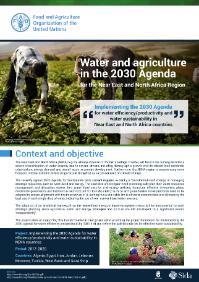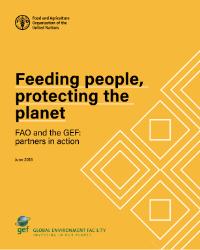Impact of land administration programs on agricultural productivity and rural development: existing evidence, challenges and new approaches
Investment in land administration projects is often considered key for agricultural productivity and rural development in developing countries. But the evidence on such interventions is remarkably mixed. This paper reviews the literature and discusses a number of challenges related to the analysis of the impacts of land administration programs, focusing on developing countries where the starting position is one of land administration systems based on the Napoleonic code, with existing individual rights that may be imperfect and insecure.








